Entry ticket produced on the occasion of the Luigi Ontani’s performance Muzikale Hel at Ronde Lutherse Kerk, 2 July, 1977.
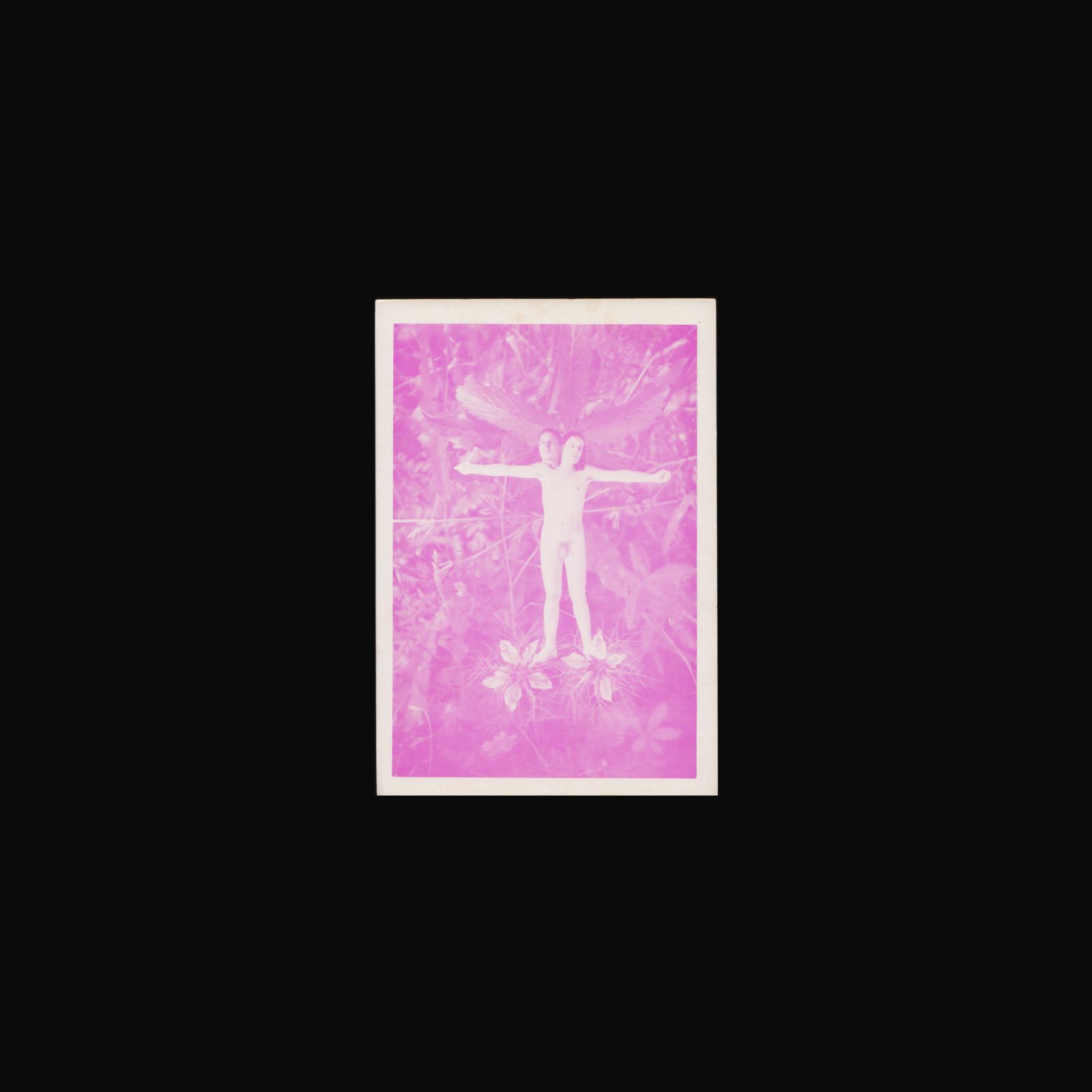
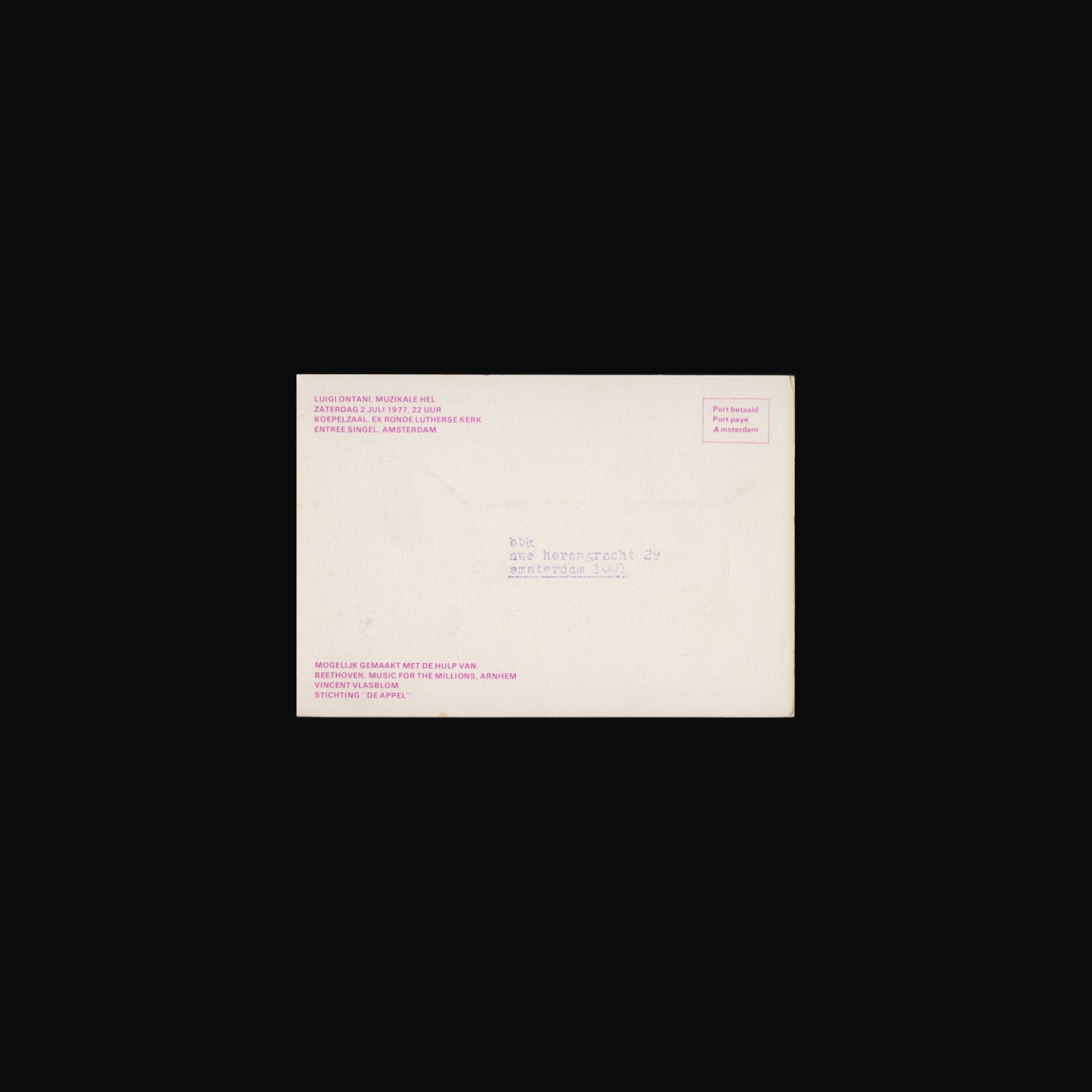
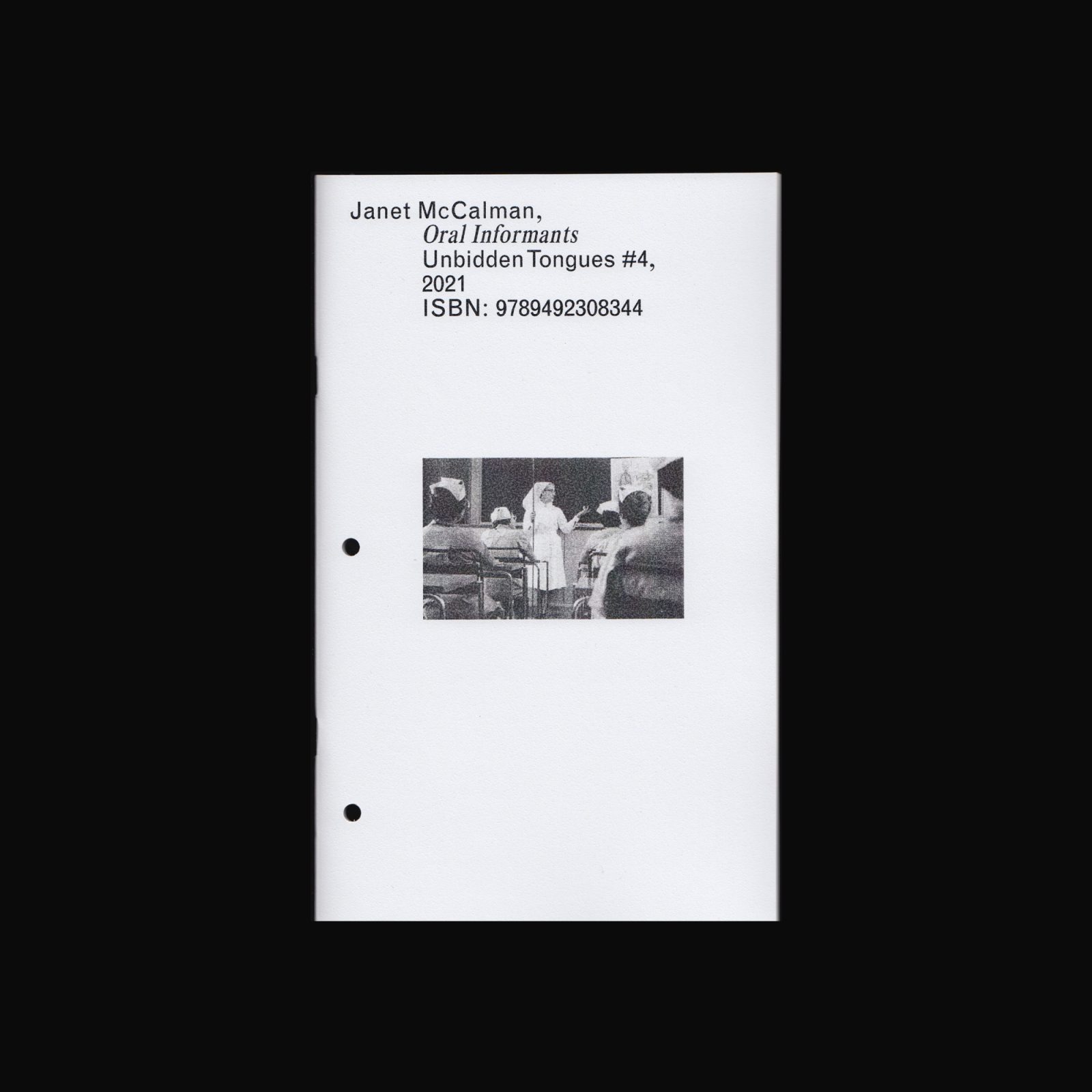
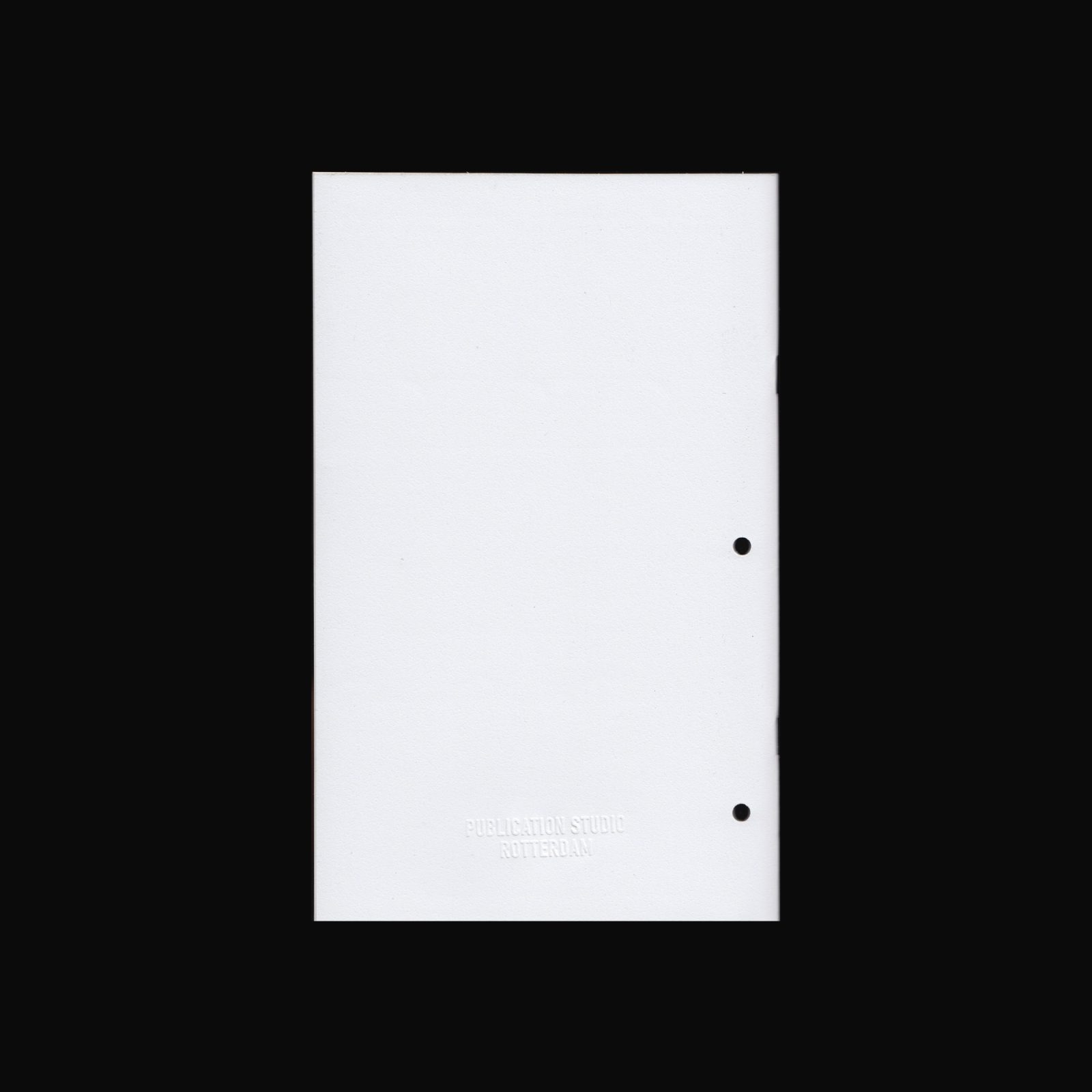
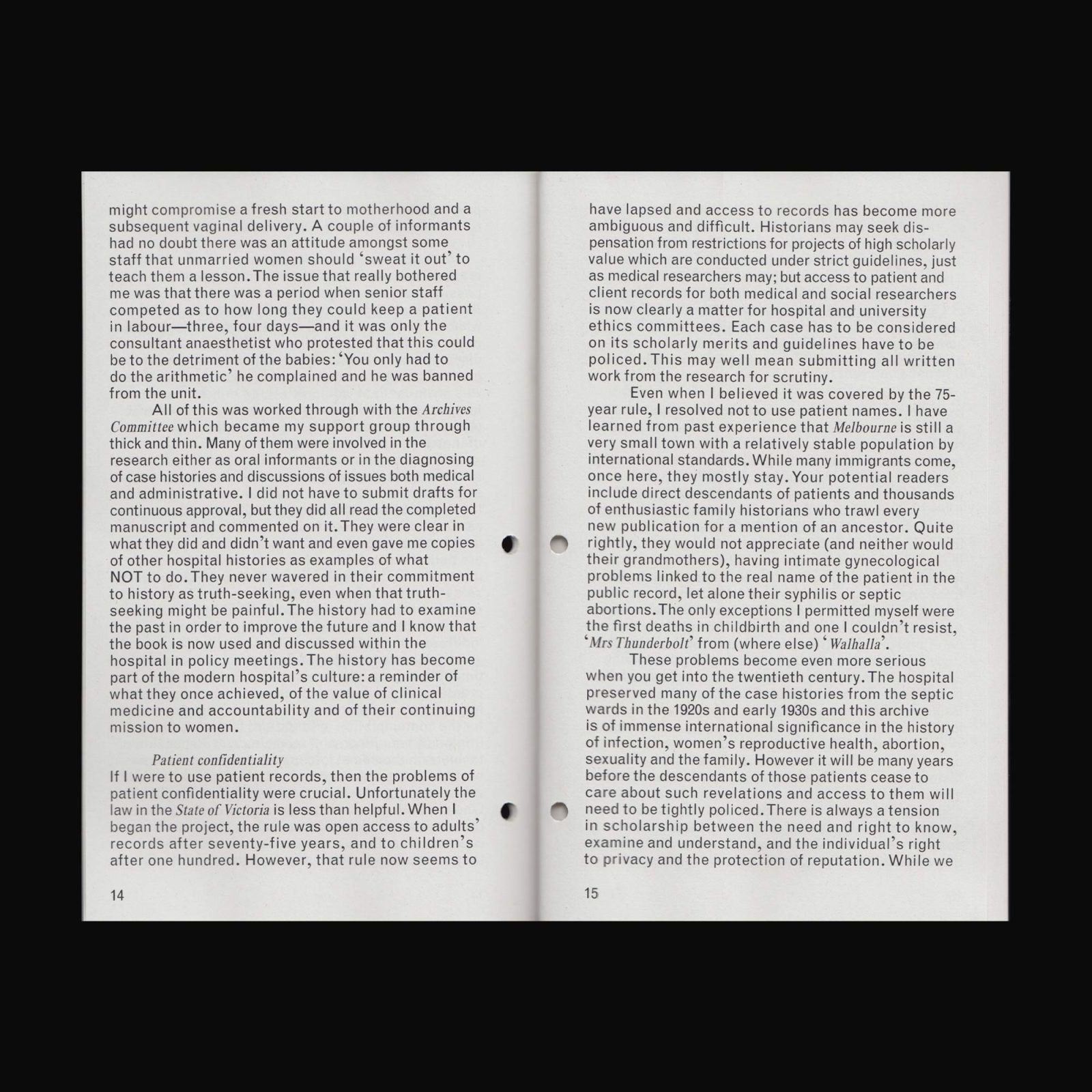
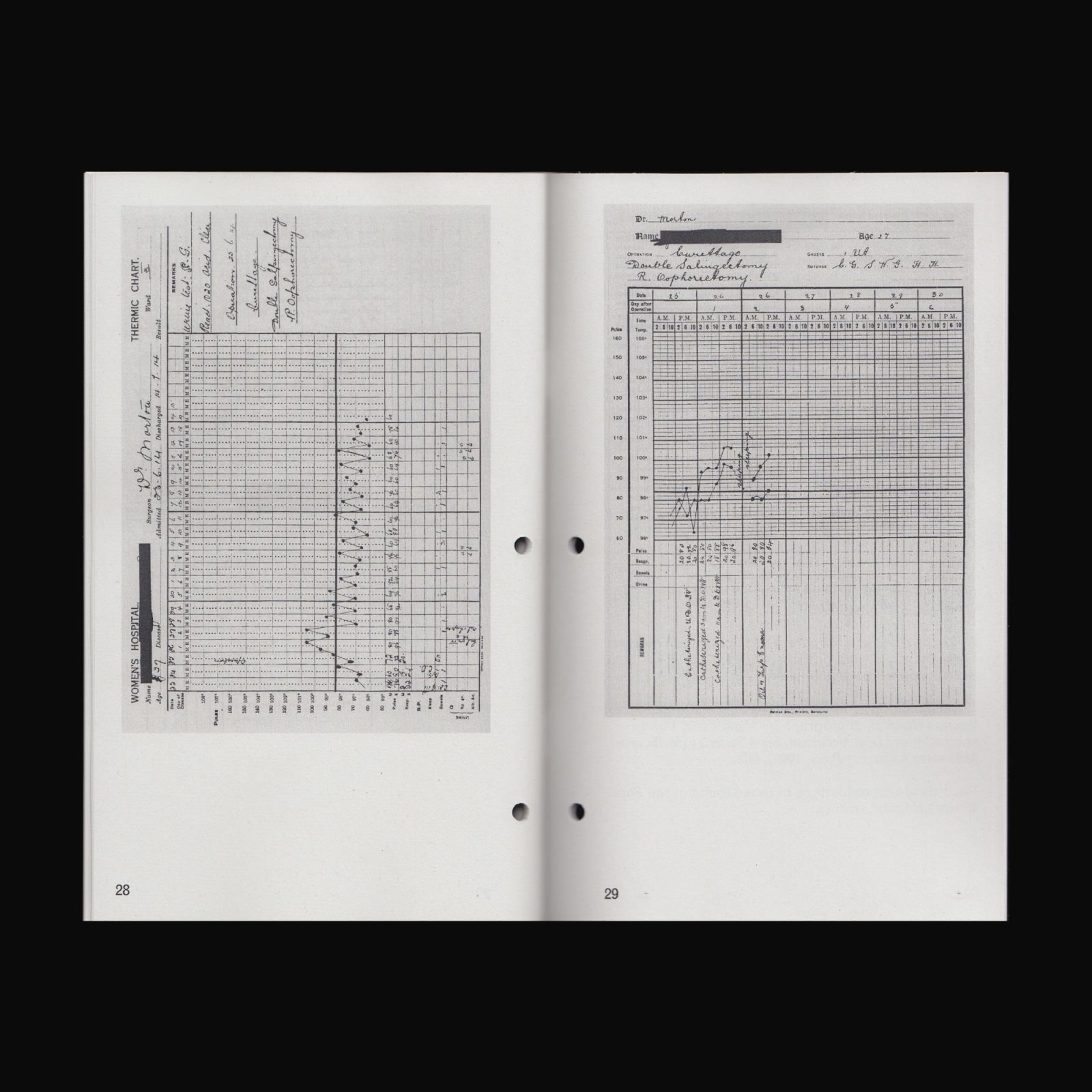
Unbidden Tongues #4: Oral Informants draws on the work of Australia social historian Janet McCalman who, in 1998, published a comprehensive history of the Melbourne Women’s Hospital. Written through the medical records of the women who were at one time or another the hospital’s temporary residents, McCalman’s account draws on a vast archive of 14,000 gynaecology records and over 70,000 midwifery records to build the hospital’s history through the administrative documents that litter its archive. Composed of an article written by McCalman in 1999 as well as a case file of original nursing notes, Oral Informants presents the process of penning a (medical) history lesson uniquely based in the oral testimony of women.
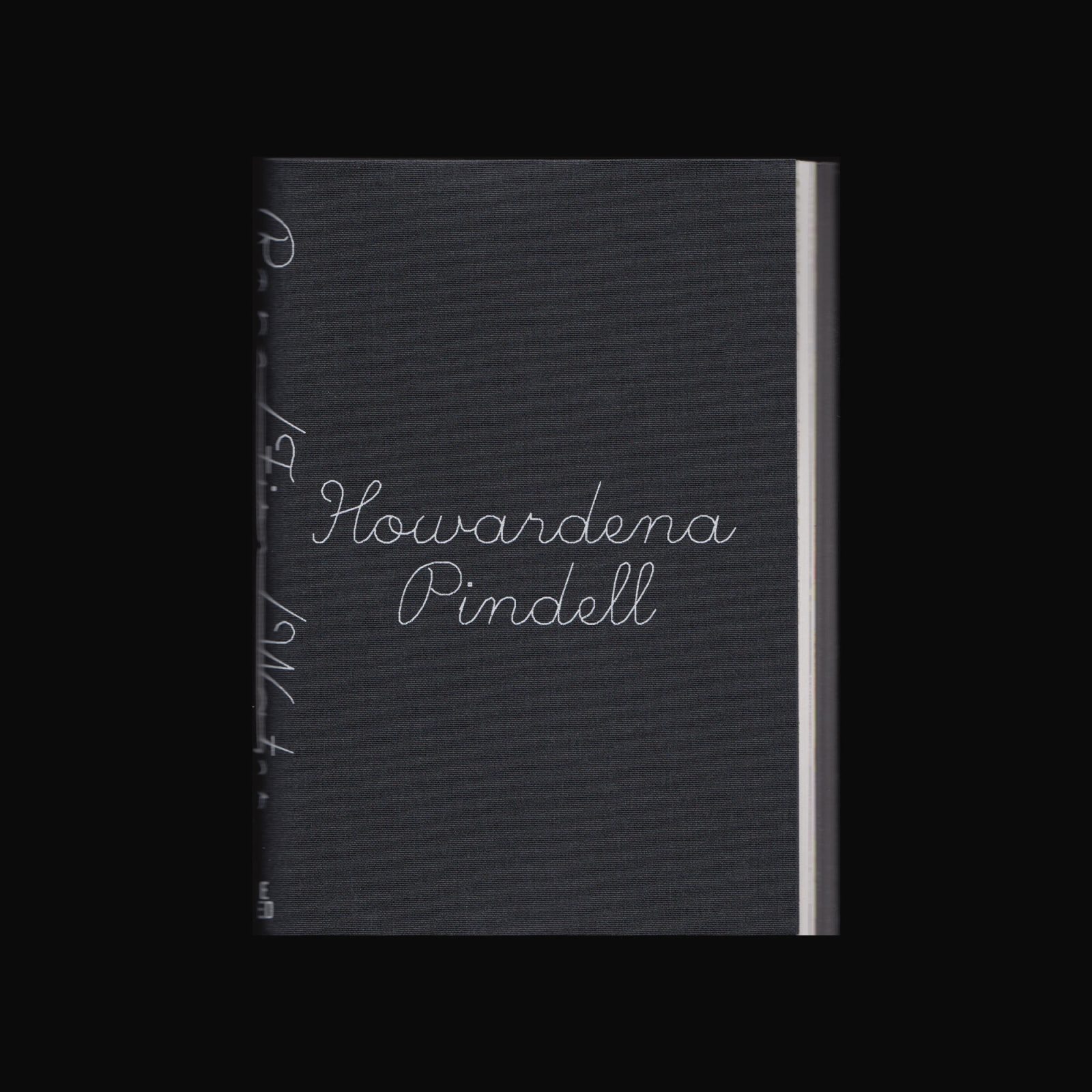
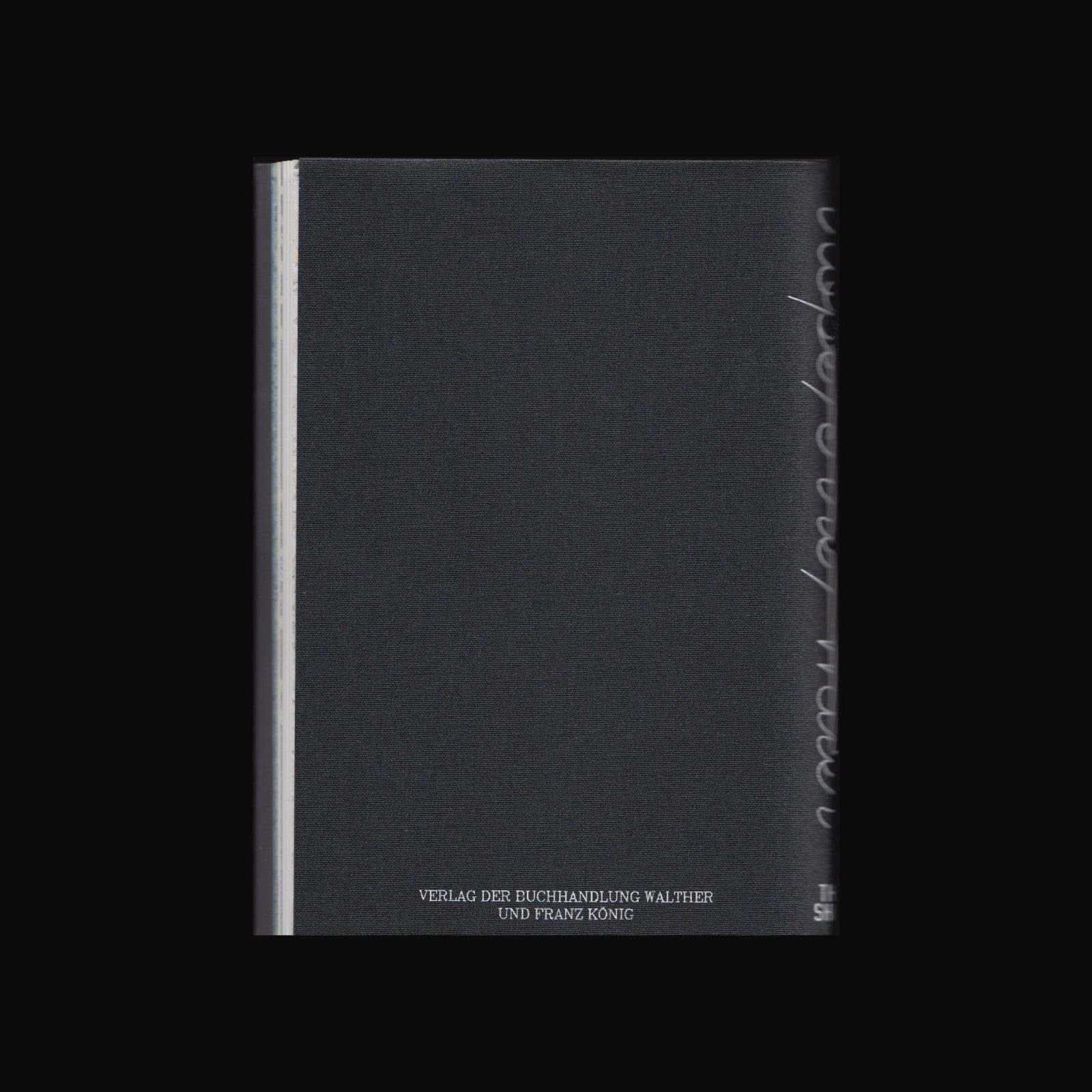


Produced on the occasion of Howardena Pindell’s exhibition Rope/Fire/Water at the Shed, New York, 16 October, 2020–28 March, 2021.
Howardena Pindell is an American artist, curator, and educator. She is known as a painter and mixed media artist, her work is often political, addressing the intersecting issues of racism, feminism, violence, slavery, and exploitation.


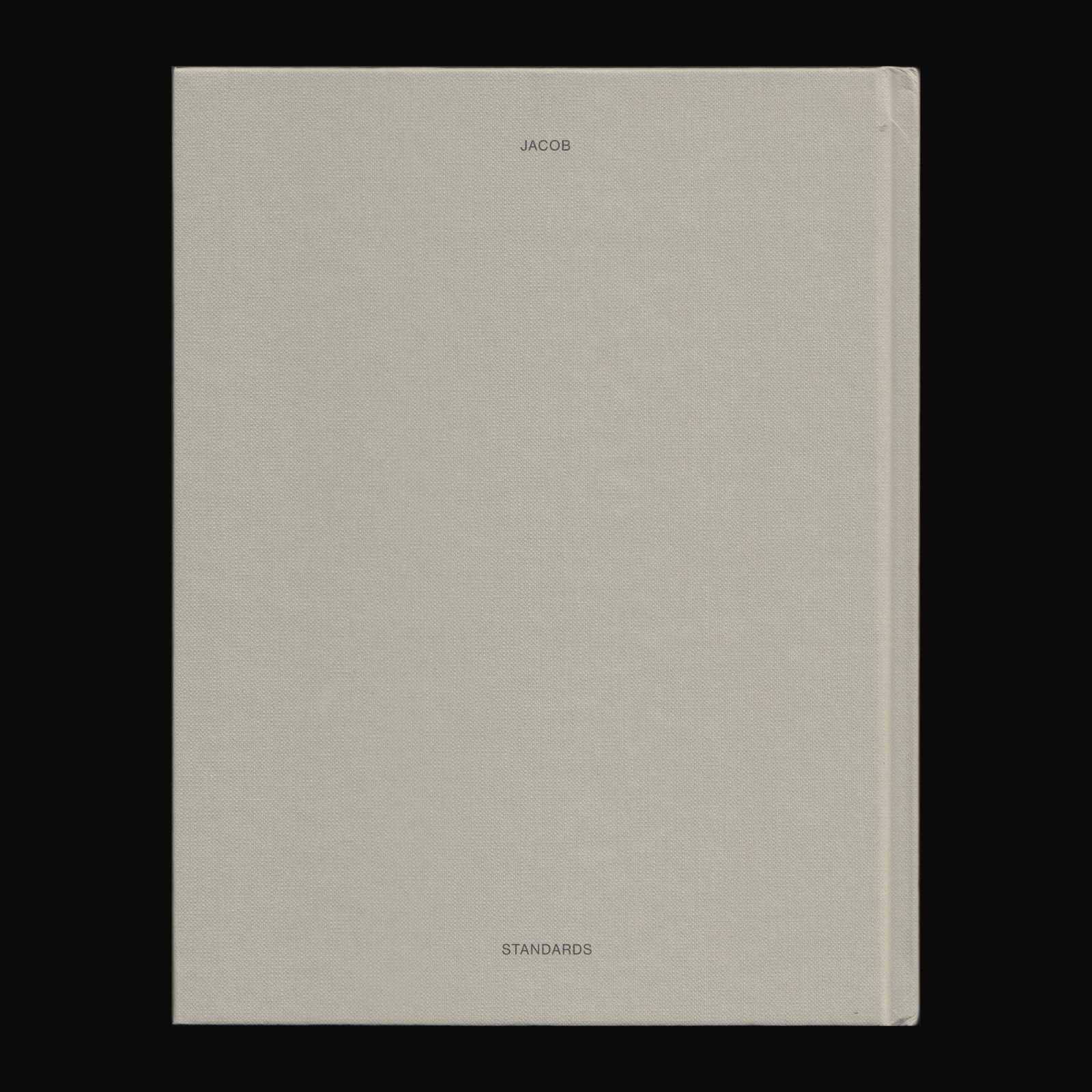
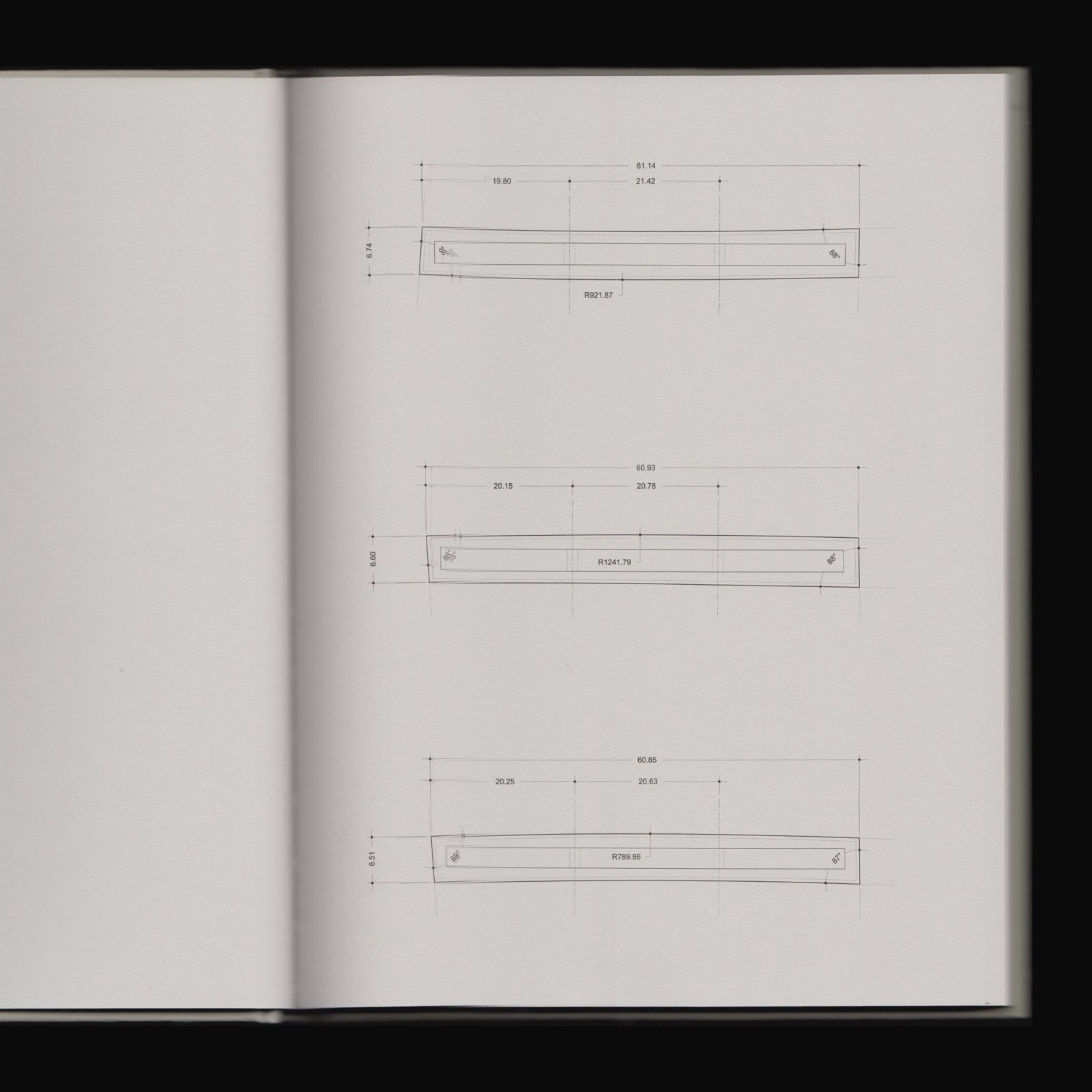
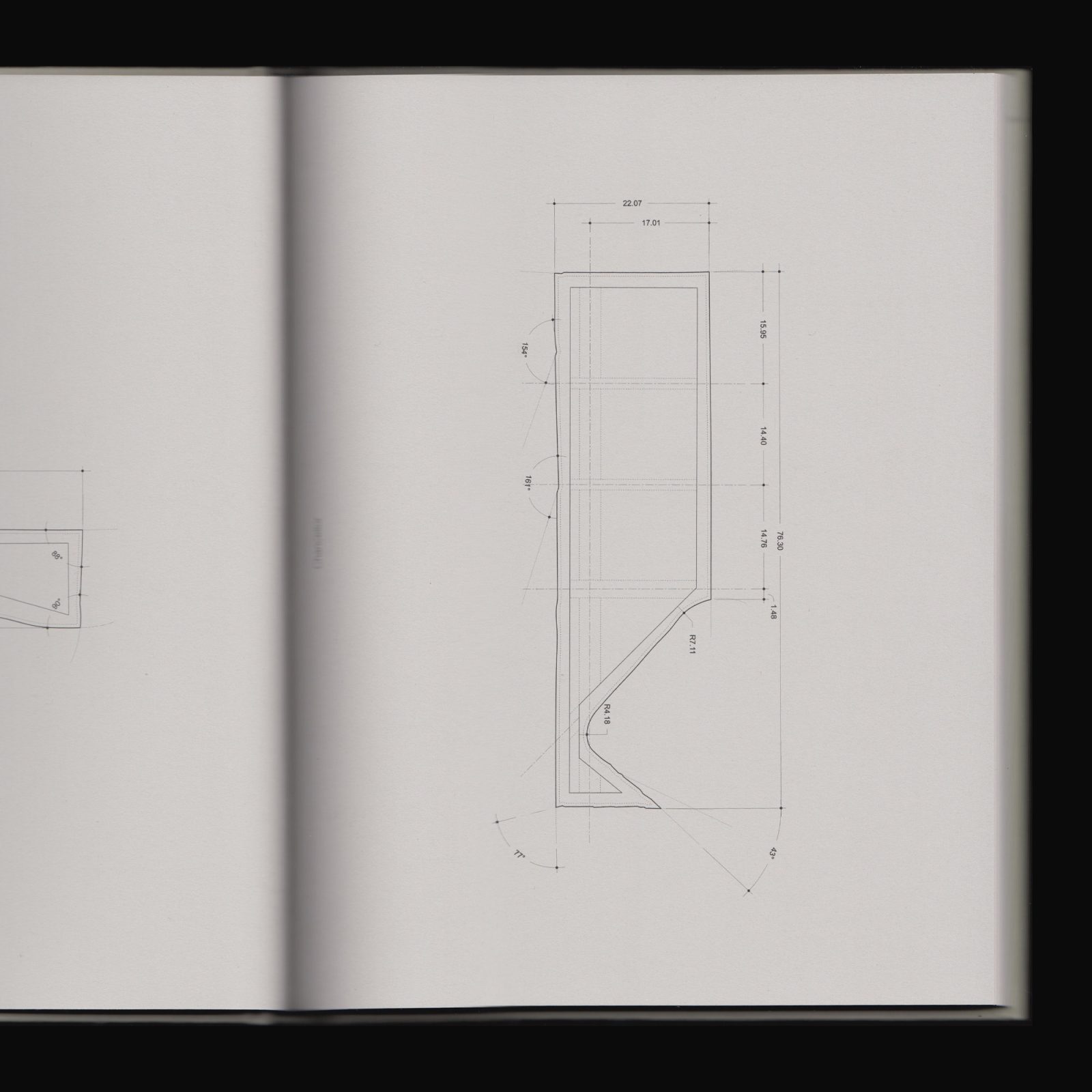
Produced on occasion of Jacob Kassay’s exhibition at R.M. Schindler’s Fitzpatrick-Leland House in Los Angeles, 26–27 September, 2015.
This artist’s book has been developed as an index—with relative digitally drawn blueprints, structural diagrams and basic dimensional specifications—for the entire series of wooden stretchers that are part of “Remnants,” previously exhibited at The Kitchen and 303 Gallery in New York (2013).
“Recuperating leftover pieces of canvas that remain from those he cuts and stretches, Jacob Kassay found himself […] with a collection of scraps that still had value. More specifically, these scraps were of value to Kassay because they indexed his system of production. Once again, he seized upon a system that fetishizes his hand but discounts any aesthetic decision. These canvas forms, which Kassay calls ‘remnants,ʼ were made negatively through the creation of silver paintings and other works.”—Peter Eeley


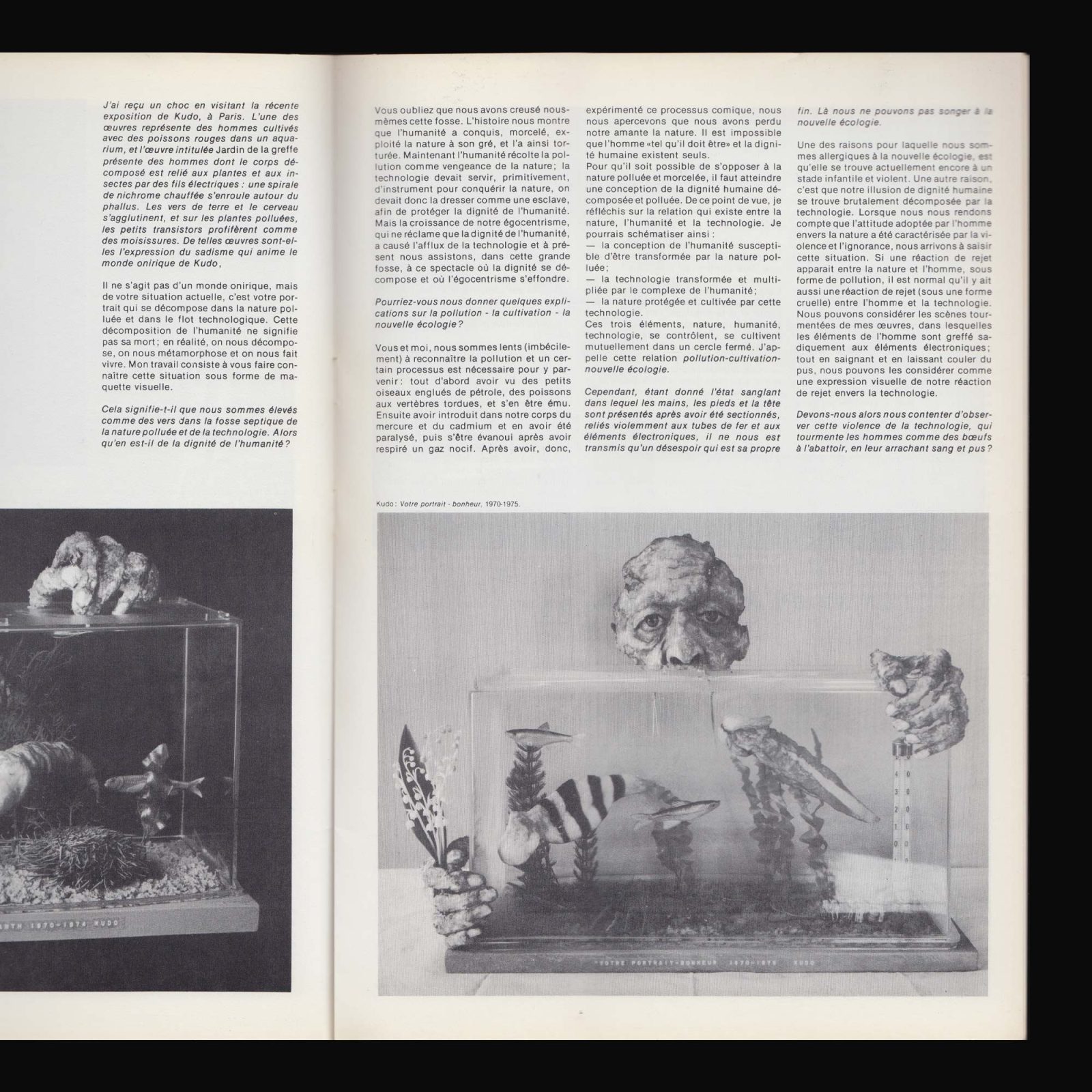

Produced on the occasion of two exhibitions by Tetsumi Kudo; Cages, Peintures À L’ordinateur at Galerie Beaubourg, Paris and Cages, Multiples at Galerie Vallois, Paris, 16 February–12 March, 1977.
With a text reprinted from the arTitudes, Number 15, February 1977.
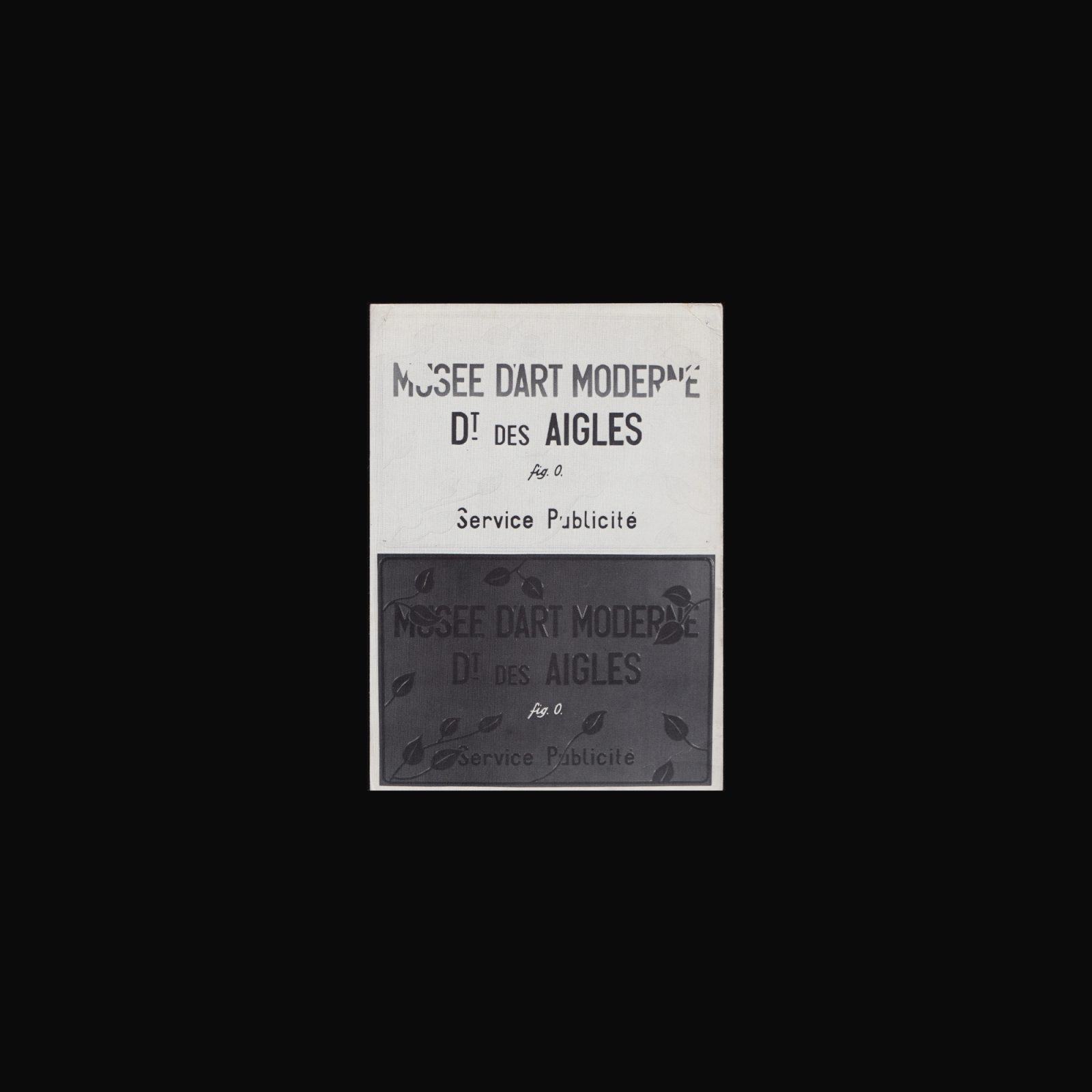
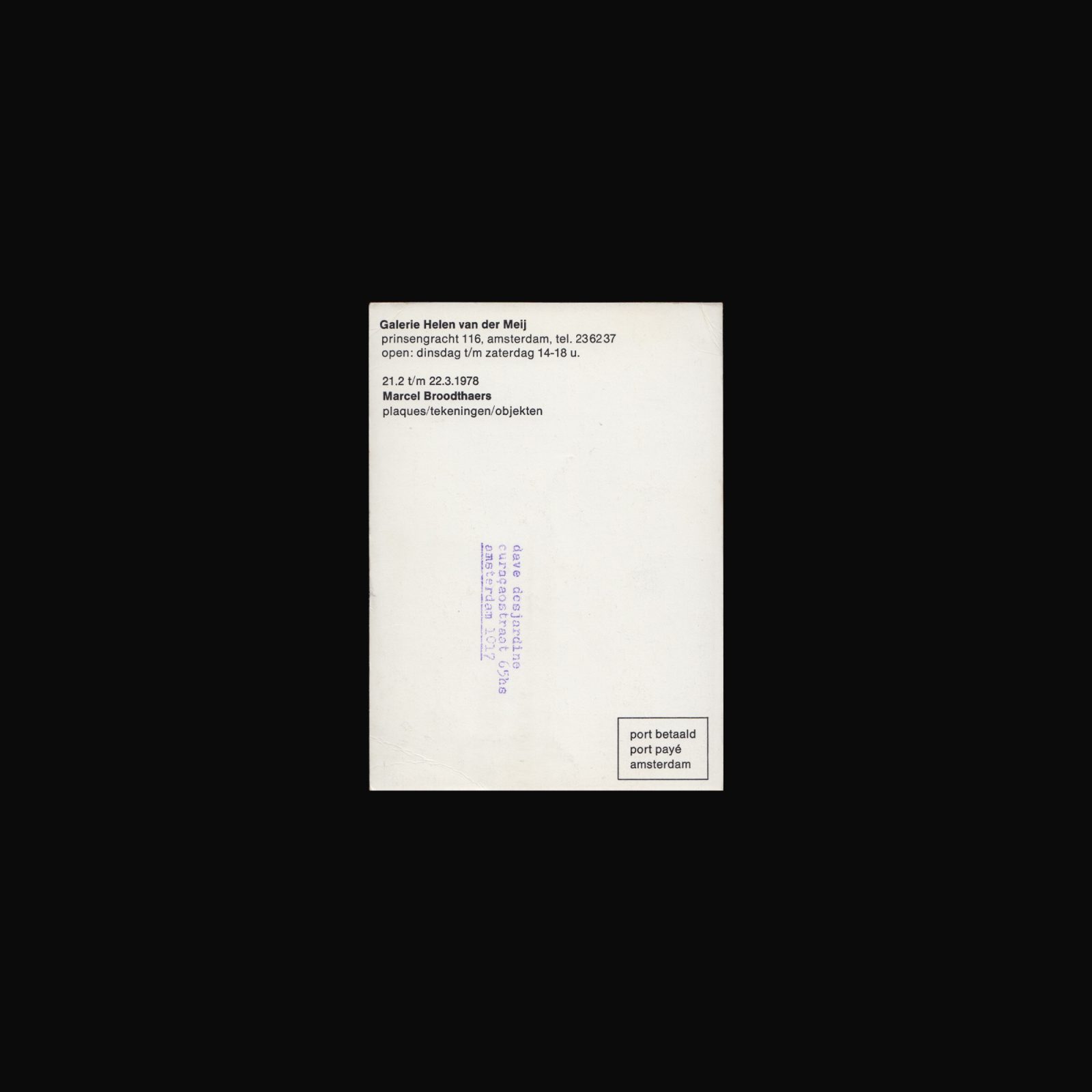
Invitation produced on the occasion of the exhibition, Marcel Broodthaers. plaques/tekeningen/objekten at Helen van der Meij, Amsterdam, 21 February–22 March, 1978.
*Please note this publication is secondhand and has some traces of previous ownership.